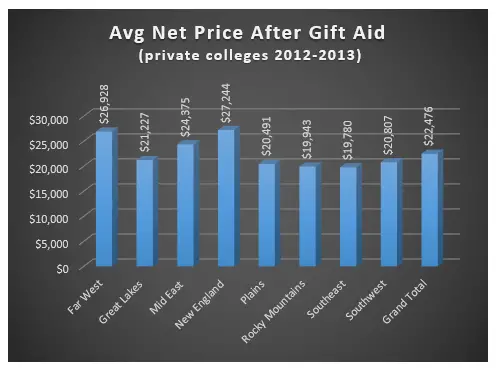 As someone who recently bought a house in an economically booming market, I can tell you the same house costs a lot more near the city center than out in the suburbs. My husband and I looked at the trade-offs in terms of travel time and cost and for us, the suburbs made sense. We don’t live in Austin, we are actually in the extraterritorial jurisdiction of the city of Hutto. And despite the Hippo fetish, we’re good with that.
As someone who recently bought a house in an economically booming market, I can tell you the same house costs a lot more near the city center than out in the suburbs. My husband and I looked at the trade-offs in terms of travel time and cost and for us, the suburbs made sense. We don’t live in Austin, we are actually in the extraterritorial jurisdiction of the city of Hutto. And despite the Hippo fetish, we’re good with that.
How does this have anything to do with how to pay less for college? Because how much you pay for college can depend on location.
I’ve already talked about how college prices are subject to the economics of supply and demand. And since would be college students have a preference for going to colleges in certain areas, geography is one of the elements that determines price.
The fact is that for whatever reasons, given the opportunity high school students prefer to attend colleges on the west coast and the northeast–especially colleges with the “big city” experience.
Since colleges are well aware of this fact, they adjust their prices accordingly. College students pay for location. The following graph shows the average net price for private colleges by region.
As you can see, the most expensive region was New England, followed by the Far West, and then the Mid East. The difference between the highest and lowest regional average is over $7,000. That adds up to almost $30,000 over four years, essentially the average net price of a year of college.
Of course, you can make the argument that the higher prices reflect the corresponding cost of doing business in high-cost areas. There’s also the claim that colleges are charging more because they are providing a better education. While there is certainly some truth to both claims, the fact that we’re dealing with averages offers an opportunity to pay less for college.
How? Because of the influence of geography, similarly situated colleges are likely to have significantly different costs. The following table includes only colleges where the 75th percentile test scores were in the 85th percentile or higher nationally.
 As you can see, the presence of students with higher test scores increases the average net price across all regions. Furthermore, the average net prices for the Great Lakes and Southwest regions are actually higher than the New England average.
As you can see, the presence of students with higher test scores increases the average net price across all regions. Furthermore, the average net prices for the Great Lakes and Southwest regions are actually higher than the New England average.
So where’s the geographic advantage? Take a look at the average percentage of freshman receiving institutional grants by region. The Great Lakes region’s average net price may be higher than the average for New England but 92% of freshman in the Great Lakes are receiving institutional aid compared to only 56.3% in New England.
In which part of the country do you think a student is more likely to receive merit aid?
Because of the differences in demand caused by geography, students can find schools out-side the west coast and northeast that offer similar quality but much more generous merit aid. The question is how much families are willing to pay for location?
You can use either the Comprehensive or Essential DIY College Search Spreadsheet to search for colleges by test scores and percentage of freshman receiving institutional grants.


4 thoughts on “How to Pay Less for College: Geography Matters”